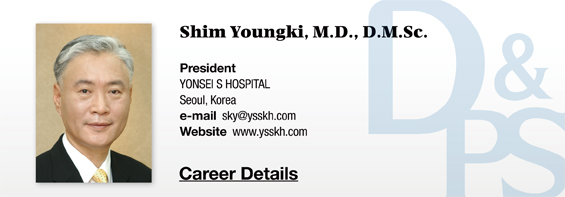IPC (Intermittent Pneumatic Compression)
1. Intermittent pneumatic compression uses an air tube or sleeve with several air chambers of differing pressures to treat leg edema. The pressure is strongest at the ankle and gradually decreases toward the thigh. As an electrical motor pump is used to supply air pressure, pressure levels can be varied to give massaging effects, etc. It is designed to supply pressure lower than the arterial pressure and is relatively safe.
Not advisable to increase the chamber pressure in excess of 45~50mmHg against normal venolymphatic physiology.
* No scientific justification to inflate the chambers to more than 80mmHg pressure.
Can maintain positive physiologic pressure gradient in caudal-cranial direction with the same pressure of each chamber; effective pressure delivered to the tissue is inversely proportional to the volume of the limb at each segment.
2. In patients with lymphedema, it is advisable to perform IPC after MLD.
Rapidly displaced protein-rich fluid may induce local inflammation leading to the fibrosis: the rationale of pre-pressotherapy MLD* to stimulate lymph nodes for the accelerated evacuation of obstructed lymph drainage. * MLD: Manual Lymphatic Drainage.
3. Indications
Lymphatic insufficiency – congenital, postoperative or post-traumatic lymphedema; preoperative preparation for the resective or reconstructive surgery; postoperative management.
Venous insufficiency – Preventive and therapeutic measurement to the deficient muscular pump of the limb leading to deep vein thrombosis and/or lymphedema(e.g.) Neurological disease; osteoarthritic disease; long invalid and bed-ridden status; long immobilization following fracture of bone.
HELIOSⅡ/LOTUSⅡ/HYPERION – Manufacturer: LASEROPTEK(www.laseroptek.com)
4. Contraindications
Deep vein thrombosis in acute stage; risk of pulmonary embolism.
Acute superficial thrombophlebitis aggravation of pain.
Cardiac insufficiency; risk of acute pulmonary edema.
Serious peripheral arterial occlusive disease; risk of worsening of the local ischemia.
Proper combination of SPC with MLD* based CDP* is highly effective to achieve outstanding results especially through the pre-pressotherapy manipulation of lymph nodes to induce preemptive evacuation of stagnant lymph fluid, on the management of phlebolymphedema. *MLD: Manual Lymphatic Drainage. *CDP: Complex Decongestive Physiotherapy
-To be continued-





















